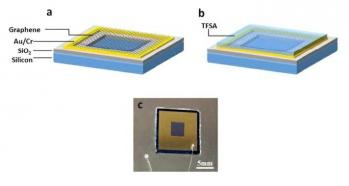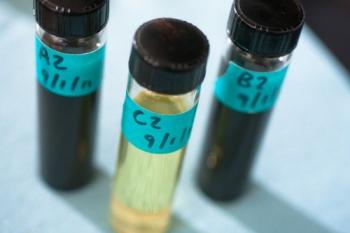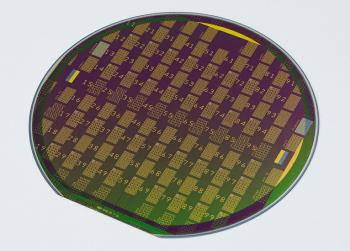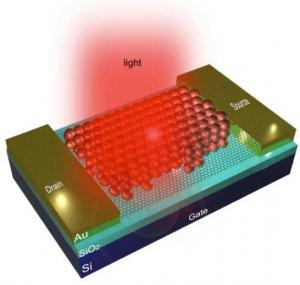Organically doped graphene-based solar cell achieves new efficiency record
Researchers from the University of Florida have managed to develop the most efficient graphene based solar cell to date. This was achieved by doping it with an organic material, and it increases the efficiency by more than four times (from 1.9% to 8.6%).

The researchers used a cheap and environmentally stable organic coating layer to reduce the graphene electrical resistance by adjusting the Fermi level. In the new solar cells, a single layer of graphene placed on top of a silicon wafer serves as a Schottky junction, the main component of simple photovoltaic devices called Schottky junction solar cells.


